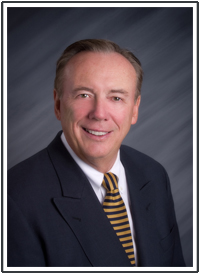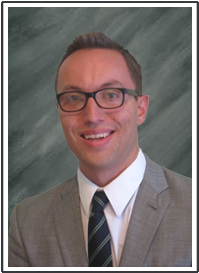FEDERAL CIRCUIT COURT DECISION IN CLS BANK v. ALICE CORP LEAVES INVENTORS AND PATENT ATTORNEYS WONDERING ABOUT HOW TO PATENT SOFTWARE AND BUSINESS METHOD INVENTIONS
In 1998,the Court of Appeals for the Federal Circuit, which hears all appeals in patent matters, reversed a long standing precedent that inventions for “methods of doing business” are not patentable. In State Street Bank and Trust Company v. Signature Financial Group, Inc., 149 F.3d 1368 (Fed. Cir. 1998), the Federal Circuit Court held that a business method invention is patentable if it involves some practical application and “produces a useful, concrete and tangible result.” Thus, a business method could be patentable if
(1) it is tied to a particular machine or apparatus, or (2) it transforms a particular article into a different state or thing.
This “machine or transformation” test served as the Patent Office’s basis for accepting or rejecting business method and software patents for twelve years.
In 2010, however, the Supreme Court held in Bilski v. Kappos that the machine-or-transformation test is not the sole test for determining the patent eligibility of a process, but rather “a useful and important clue, an investigative tool, for determining whether some claimed inventions are {patentable processeses}.” Unfortunately, the Supreme Court was foggy on what other criteria might be useful in protecting business method/software patents.
If Bilski left inventors, patent attorneys and the Patent Office in a fog, the recent case decided by the Federal Circuit, CLS Bank International v. Alice Corp., has sent them wandering about in “Wonderland.” The court in “Alice” held that any process is patentable, unless it comprises a law of nature, a natural phenomena, or an abstract idea. A process is abstract if it is a “fundamental concept,” a “fundamental tool of discovery.”
With these rather vague exceptions to patentability in mind, we recommend one or more of the following in drafting business method and software patent applications:
-
Make sure each claim “contains additional substantive limitations that narrow, confine or otherwise tie down the claim so that, in practical terms, it does not cover the full abstract idea itself.
-
Make sure the claim comprises not only a fundamental concept, but “a product of human ingenuity,” which is “more than a trivial appendix to the underlying abstract idea.”
-
Make sure the human elements are more than those which are “necessary to every practical use of . . . a natural law,” or an abstract idea.
-
Include in the claim some “specific or limiting recitation of essential . . . or improved computer technology,” and not merely “insignificant post-solution activity relative to the abstract idea.” (“Simply appending generic computer functionality to lend speed or efficiency to the performance of an otherwise abstract concept does not meaningfully limit claim scope for purposes of patent eligibility.”)
We believe these steps will give you the edge in overcoming a rejection of your patent as covering only a law of nature, a natural phenomena, or an abstract idea.
About the Authors
 James Mitchell, BSc Chemistry, Michigan Tech, JD Law University of Michigan, is the Chairman of Mitchell Intellectual Property Law. He has experience in all phases of intellectual property law, including patent, trademark, copyright and unfair competition litigation. He has tried numerous trademark cases and has taught Trademark Law to Federal Judges on behalf of the Judicial Conference Center and the Intellectual Property Law Institute. He is active in community leadership, having served on numerous non-profit community Boards.
James Mitchell, BSc Chemistry, Michigan Tech, JD Law University of Michigan, is the Chairman of Mitchell Intellectual Property Law. He has experience in all phases of intellectual property law, including patent, trademark, copyright and unfair competition litigation. He has tried numerous trademark cases and has taught Trademark Law to Federal Judges on behalf of the Judicial Conference Center and the Intellectual Property Law Institute. He is active in community leadership, having served on numerous non-profit community Boards.
 Elliot J. Gruszka holds a bachelor’s degree (Taylor University) and master’s degree (Ball State University) in physics. He graduated, with honors, with a J.D. from Thomas M. Cooley Law School in January, 2013. As an undergraduate, he co-designed and built a high-energy particle detector for a micro-satellite. In graduate school, he conducted experiments studying neutron emissions from medical linear accelerators. As a result of his education and research, Elliot is well-versed in a variety of topics related to mechanical, electrical, and materials engineering.
Elliot J. Gruszka holds a bachelor’s degree (Taylor University) and master’s degree (Ball State University) in physics. He graduated, with honors, with a J.D. from Thomas M. Cooley Law School in January, 2013. As an undergraduate, he co-designed and built a high-energy particle detector for a micro-satellite. In graduate school, he conducted experiments studying neutron emissions from medical linear accelerators. As a result of his education and research, Elliot is well-versed in a variety of topics related to mechanical, electrical, and materials engineering.
